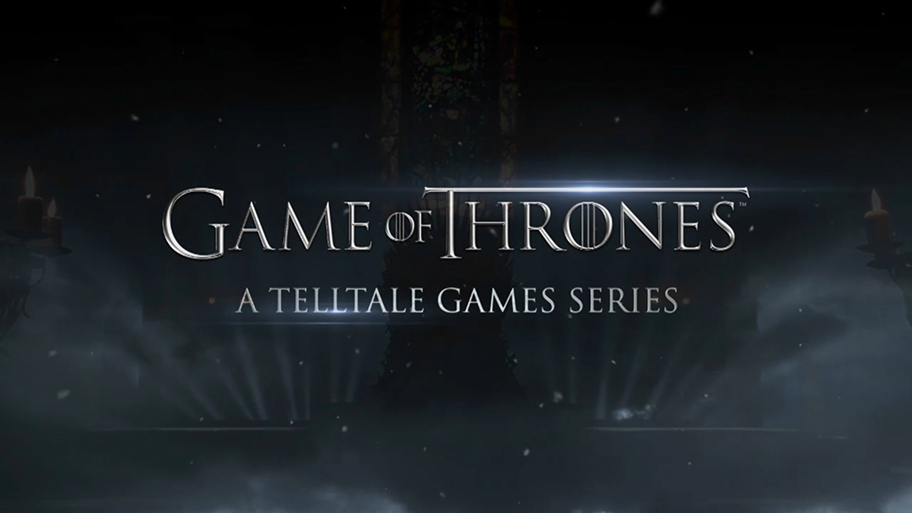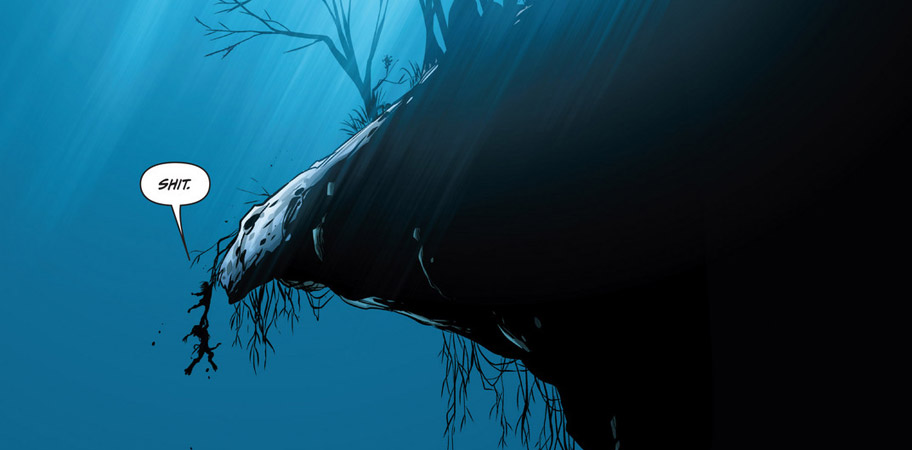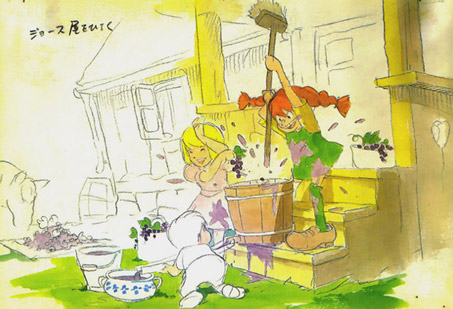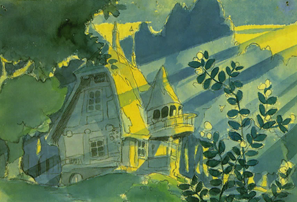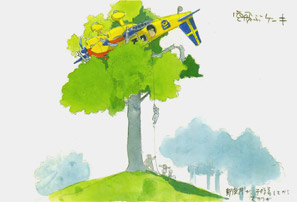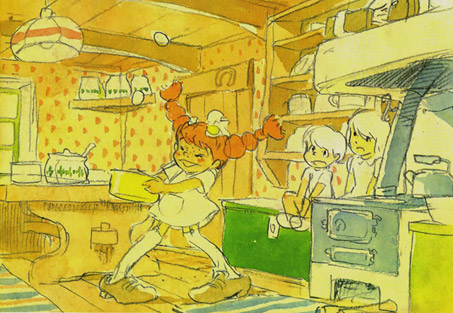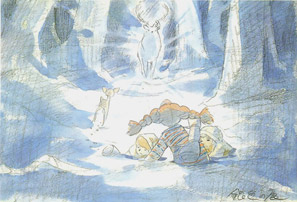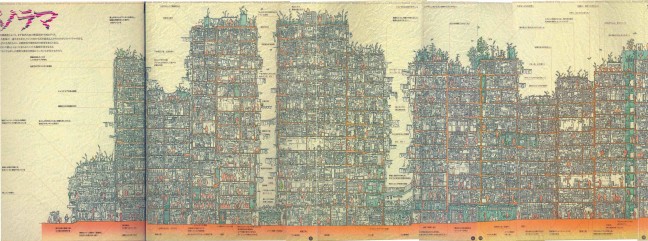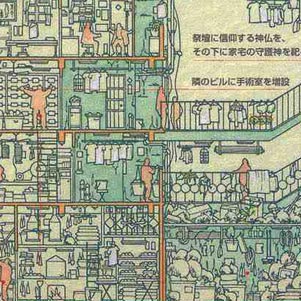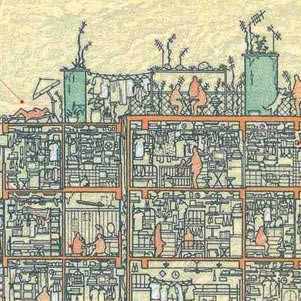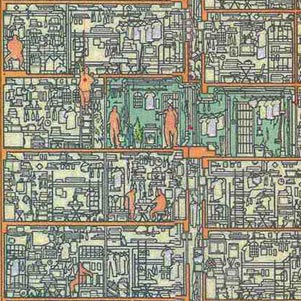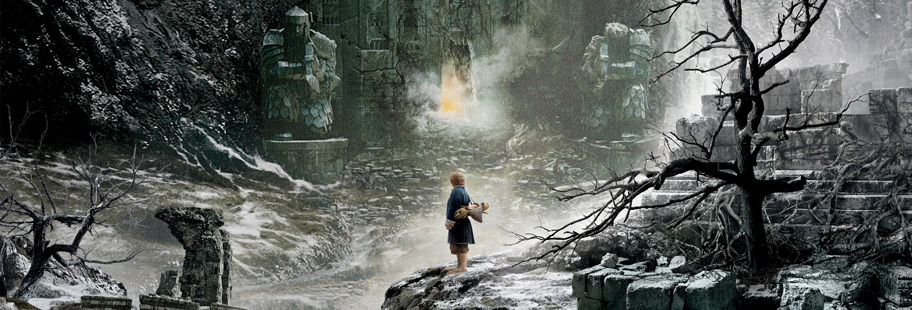
If there’s one takeaway from the first film in Peter Jackson’s film adaptation of The Hobbit, it’s that the writer/director’s tinkering with Tolkien’s lore, ostensibly for the sake of making a more bloated exciting theatre-going experience, was less than successful. The additions of Azog, Radagast’s plight against the Necromancer, the absurdity in the hall of the Goblin King, and anything to do with the White Council were unnecessary to Bilbo’s story (which, at the end of the day, is what The Hobbit should be about), and raised concerns about the decision to extend the series of films from two volumes into a trilogy.
On the eve of the release of the second film, The Desolation of Smaug, Peter Jackson recently discussed the decision to add and expand on the characters of three elves, including fan favourite Legolas, played again by Orlando Bloom, and newcomer Tauriel, played by Evangeline Lily. “People always ask about Evangeline’s character Tauriel and why we felt the need to create her,” Jackson said, via /Film. “But in The Hobbit novel, [the dwarves] are captured by the elves and they escape in the barrels. And it’s a memorable part of the book but the Elf King is not even named. He doesn’t have a name. And it was only later on that Tolkien decided it should be Thranduil and he also decided he should have a son when Lord of the Rings was written 18-19 years later. He created the character of the son of the king. Read More »
